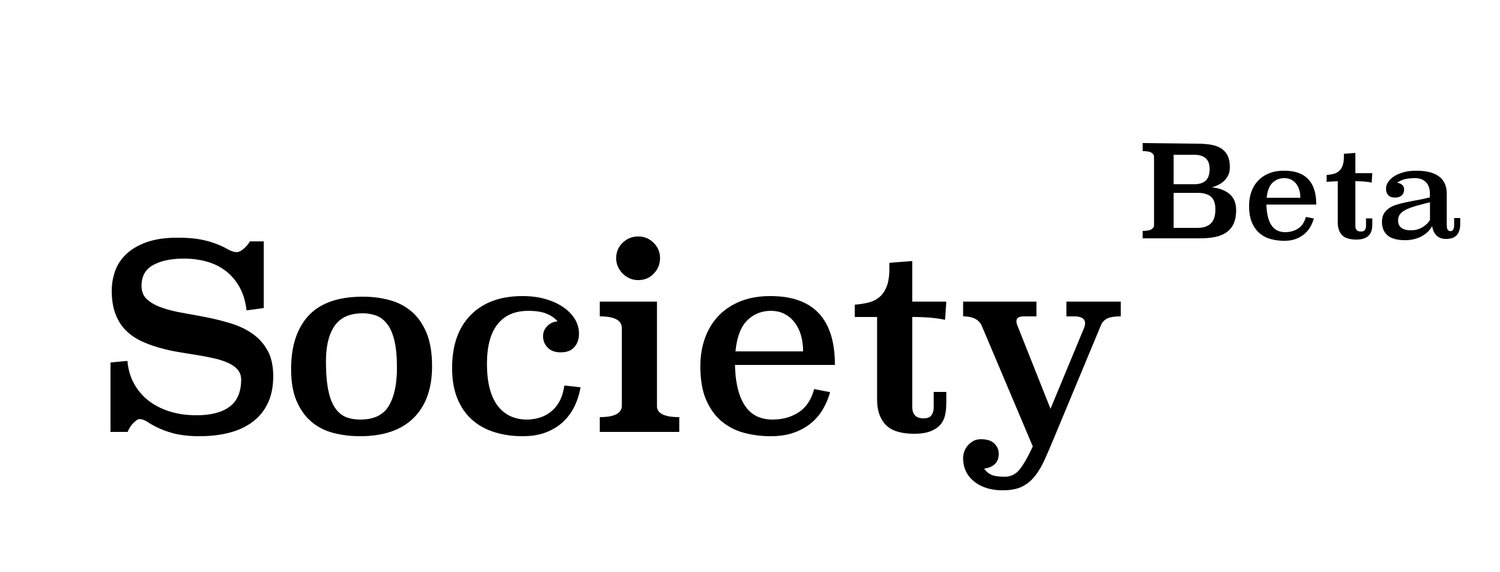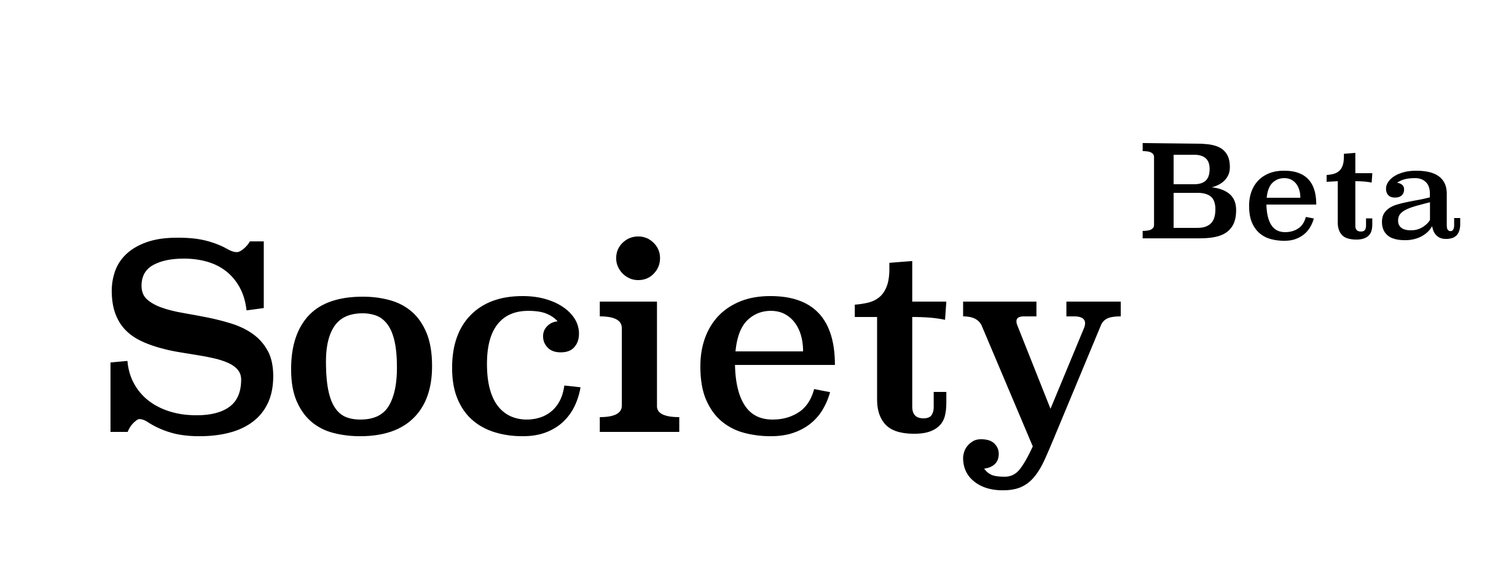Silos and safeguards
April 28, 2020, originally via Medium
Our future is based on silos and our safety on the past.
Artist: Amok Island for FORM, Western Australia — an old client of mine
On DDT and silos.
Would you eat food with DDT in it? Do you have children? Imagine you do and you’re a woman. Would you breastfeed them milk with DDT in it? Guess what, you did. A few years ago, when I was looking at a potential commercial rental in Mullumbimby, I became aware of soil contamination at the site due to DDT sprayed along railway tracks some 30 years ago. Whilst I was researching this, I came across a study of DDT in women’s breast milk. Despite discontinuing the use of DDT 33 years ago in Australia, we’ve been passing it onto our children through our breast milk ever since. Every time we nourish our children, we pass this historical neglect down the generations.
Twelve years ago I worked as a strategist for Sony in Berlin. I didn’t have a technology background, I learnt on the job as an ex-investment banker who was good at analysis and spotting trends, and I became slightly obsessed with mobile connectivity, the internet of things and related business models. From my logic-driven, strategic-minded perspective, in the pursuit of “efficiency”, this all made so much sense. I never once considered the health implications. You never do as a corporate strategist. If I’d given it any thought, I would have assumed that someone sitting in an office concerned with public health would be doing that.
This is the problem with silos. In my fifteen years working between Europe and Australia, silos have been the bane of my corporate career. Sony was internally renowned for their silo’d structure and it was essentially what killed the company when smartphones drove convergence of devices. I attended an event early on during my time there where the host, introducing the evening, began “this is brought to you by Sony Music, Sony Pictures, Sony Playstation, Sony Electronics, Sony Ericsson…” I cringed.
Two years ago, before joining Byron Shire’s Climate Emergency Group, I watched Jeremy Rifkin’s ‘Third Industrial Revolution’. Its vision of the internet of things, connected trucks etc paralleled the type of trends I had been considering a decade earlier. ‘Yes!’ I thought, and shared the film widely. A distributed internet to enable the sharing economy, ecological and social initiatives is exciting. Lets fix climate change. However, over the past two years I have learnt to be careful when employing the silo’d hat of a strategist, because the one thing I am certain about silos is that things get missed.
When you neatly divide things — ideas, accountabilities and responsibilities — into boxes, particularly in a rapidly changing world, things fall between boxes; things in one box change faster than those in adjacent boxes, and new things that didn’t exist when the boxes were built… does anyone know where they go?
We are currently viewing rapidly advancing mobile technology, including the fifth generation technology standard for mobile networks (5G), through the lens of many silos. Technologists and strategists love it because it enables new business models. Governments love it because it drives new investment. Hardware providers love it because you’ll need a new phone. Financiers love it because it creates new revenue. But is it safe?
We don’t know what we don’t know.
In 1945, National Geographic ran a feature on “the world of tomorrow, in which transatlantic rockets would speed mail delivery, stores would sell frozen foods from exotic lands… health and medicine would be vastly improved” thanks to a number of factors including DDT. “In an accompanying photo, a truck-mounted fog generator coated a New York beach in DDT as young children played nearby.” When the Production Board first released DDT for sale to the public, it cautioned against “use of it to upset the balance of nature” and that if applied to crops, DDT would leave residues that “might” also cause harm to humans. What kind of harm? The problem was that no one really knew. Testing had shown adverse affects in lab animals. The concerns appeared at the very end of a long “restricted” report on insecticides issued by the Office of Scientific Research and Development in 1944. DDT was released for public sale in the United States in 1945.
In Australia, the Australian Radiation Protection and Nuclear Safety Agency (ARPANSA)’s 2017 report “Radiofrequency Electromagnetic Energy (RF EME) and Health: Research Needs” states that “it is known that exposure to sufficiently high levels of RF EME can heat biological tissue and potentially cause tissue damage.” It acknowledges “some uncertainty” in the assessment of potential health risks of RF EME and identifies “gaps in the knowledge that require further research”, including long term effects; ecological studies; cancer, behavioural and neurological disorders in children and adolescents; cancer, behavioural and fertility issues in animals; cellular and DNA damage; exposure from new and emerging technologies; setting appropriate limits of Australian standards; electromagnetic hypersensitivity; and potential hazards of current limits of Australian standards.
In 1962 Rachel Carson published Silent Spring to draw attention to the impacts of DDT. Despite many at the time already sharing her concerns, she was attacked as a communist and opponent of progress. 25 years later, Australia banned the chemical.
ARPANSA in Australia is that someone sitting in an office concerned with public health. The difference between ARPANSA — sitting in their health silo — and the old me — sitting in my strategy silo, is that I am forecasting into and basing my business decisions on the future, and they are researching and basing their health safety decisions on the past.
ARPANSA’s Radiation Protection Standard was set in 2002, “based on scientific research that shows the levels at which harmful effects occur” two decades, nineteen iPhone models and twenty six iPod models ago (the first being released in late 2001). The Agency’s most recent study, published in the British Medical Journal Open two years ago, in 2018, “found no link between the use of mobile phones in Australia and incidence of brain cancers”. The study looked at the incidence of brain tumours in adults diagnosed between 1982 and 2013, the survey period ending only five years after the first iPhone was released in Australia, when 50% of Australians had smartphones, our fastest network was 3G and data use was around one tenth of what it is now.
“The WHO [who classified radiofrequency radiation as “possibly carcinogenic to humans” in 2011, along with pickled vegetables and coffee] is currently reviewing all of the scientific evidence on RF EME and health [from the past decade, the last being in 2010] with the intention of publishing an Environmental Health Criteria Monograph and an accompanying Research Agenda. Australian health authorities are planning to review the updated WHO research agenda when it is published”.
Meanwhile, in the more rapidly moving technology sector, Deloitte’s 2019 Mobile Consumer Survey shows that 84% of Australian’s don’t currently value the prospect of 5G, with 51% willing to pay $0 in addition to their current mobile plan, 19% less than $10 more per month and 8% unsure.
So what’s the rush?
Last year, 32 years after DDT was banned in Australia, and 57 years after Rachel Carson’s Silent Spring, a six-decade long study was published in the Journal of the National Cancer Institute, that found DDT exposure is tied to breast cancer risk for all women through age 54. “Women exposed before 14 years of age, particularly in infancy and early childhood, were most likely to develop premenopausal breast cancer”.
Buy your pink ribbon online.


